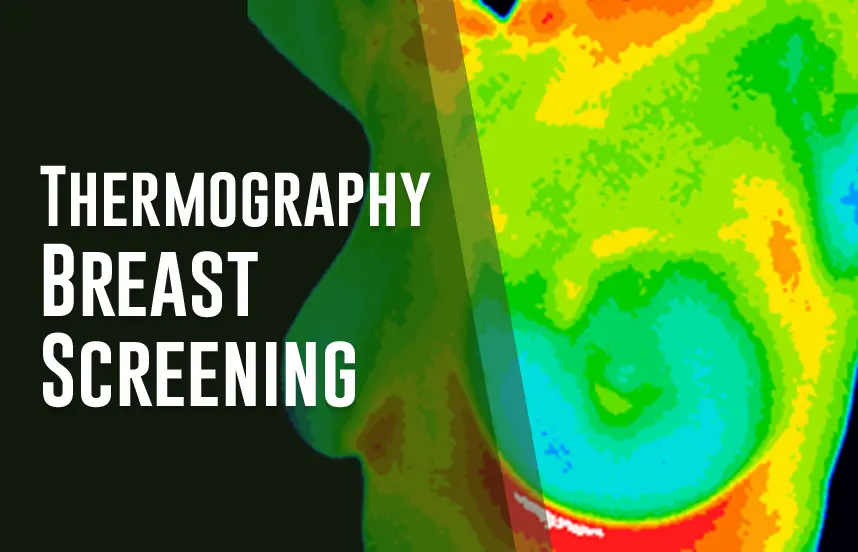
Thermography Breast Screening is a non-invasive screening method that uses infrared imaging to detect changes in body temperature. It has been used in breast cancer screening as a safe and effective alternative to mammography. It has the potential to detect breast cancer at its earliest stages when it’s much easier to treat and has a better chance of successful treatment.
This article will explore thermography breast screening, its benefits, and its limitations.
What is Thermography Breast Screening?
It uses a special camera that detects heat patterns in the breast tissue. The images can help identify areas of inflammation, increased blood flow, and abnormal temperature patterns. These patterns can be an early indicator of breast cancer, even before a lump can be felt or seen on a mammogram.
Thermography is a painless and non-invasive procedure that involves no radiation. During the screening, the patient is asked to remove their clothing from the waist. Then, they stand in front of the camera. The procedure takes about 15 minutes, and the results are typically available within a few days.
Benefits of Thermography Breast Screening
- Early Detection: Thermography can detect changes in breast tissue years before a mammogram can detect a lump. It can lead to earlier detection and treatment, improving the chances of survival.
- No Radiation: Thermography uses no radiation, which means there is no risk of exposure to harmful radiation.
- Painless and Non-invasive: Thermography is an easy and non-invasive procedure that does not require any compression or touching of the breast tissue.
- Suitable for Women of All Ages: Thermography is ideal for women of all ages, including pregnant and breastfeeding women.
- Can Detect Cancer in Dense Breast Tissue: Mammography can be less effective in detecting cancer in women with dense breast tissue. Thermography can detect cancer in dense breast tissue, making it a valuable screening tool for these women.
Limitations of Thermography Breast Screening
- False Positives: Thermography can produce false positives, which means it may detect abnormalities that are not cancerous. It can lead to unnecessary follow-up tests and anxiety.
- Limited Sensitivity: While thermography can detect early changes in breast tissue, it is not as sensitive as mammography in detecting small tumors.
- Not a Replacement for Mammography: Thermography is not a replacement for mammography but a complementary screening tool. Mammography is still the gold standard for breast cancer screening and should be paired with thermography.
- Requires Experienced Interpretation: Thermography images require experienced interpretation by a trained professional. It is crucial to choose a qualified thermography center and interpreter.
- Not Covered by Insurance: Most insurance plans do not cover thermography, so patients may need to pay out of pocket for the screening.
Who Should Get Thermography Breast Screening?
This non-invasive screening is suitable for women of all ages, including those with dense breast tissue, implants, or a family history of breast cancer. It is a good option for women seeking a non-invasive, radiation-free screening method.
It is important to note that thermography is not a replacement for mammography. Mammography is still the gold standard for breast cancer screening.
How to Prepare for Thermography Breast Screening?
There are several things that you can do to prepare for breast screening:
- Avoid the use of deodorant, lotion, or powder on the day of the screening.
- Avoid sun exposure, tanning beds, or hot showers for at least 24 hours before the screening.
- Wear loose-fitting clothing on the day of the screening.
- Avoid smoking or consuming caffeine for at least 2 hours before the screening.
- Inform your healthcare provider of any medications or supplements that you need.


